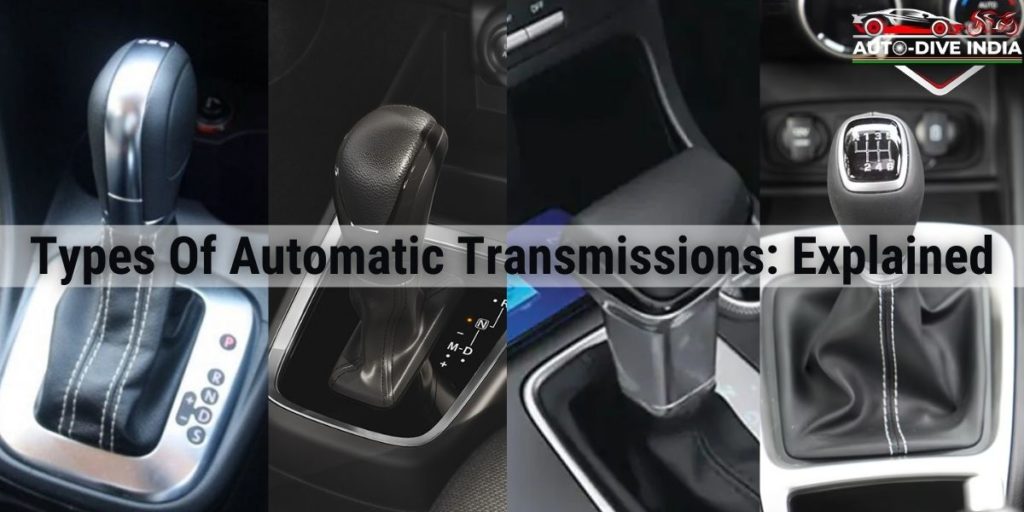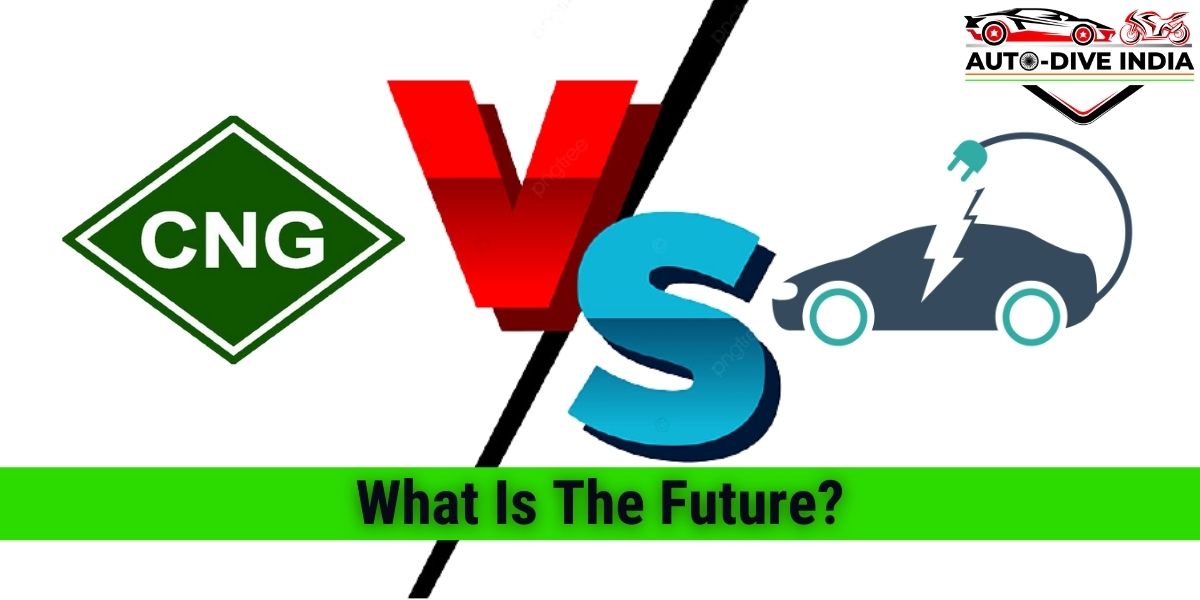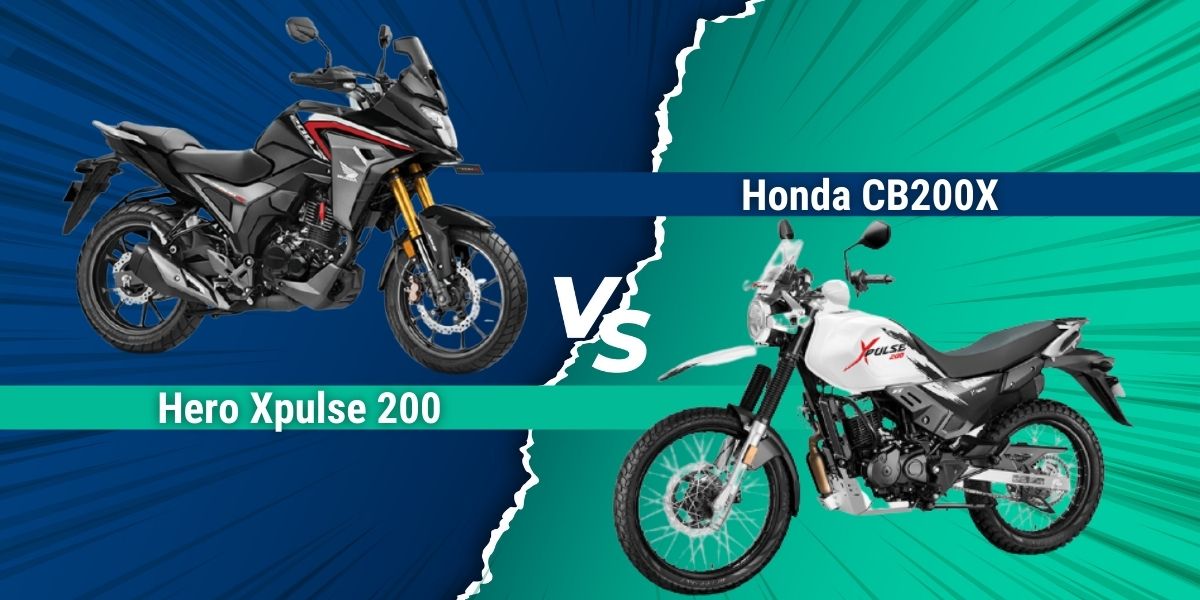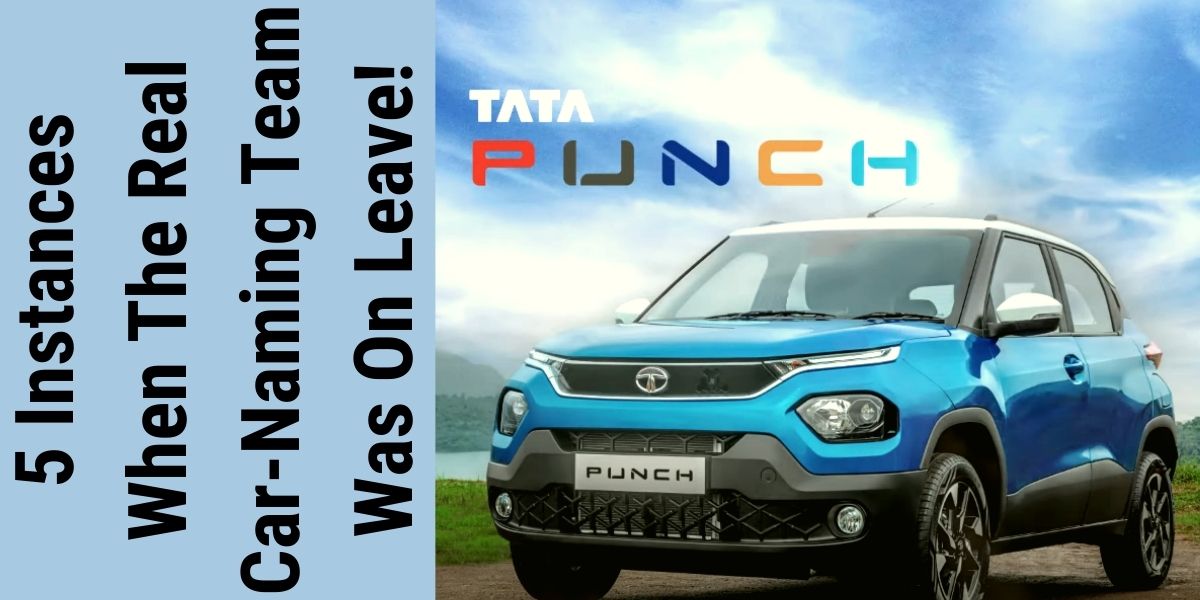To buy a car that fits you perfectly is not an easy choice to make. Unlike cheap clothes, you can’t just buy a couple of them and see which one fits you better. Hence comes blogs like these to help you make an educated choice and prevent you from getting buyers remorse. In this blog, we will help you make the choice between multiple types of automatic transmissions and which one will suit you the best.
The types of automatic transmissions systems will be divided on what they excel at and you can choose to read which one matches you the most. However, we urge you to read them all as you might have a change of heart reading about the others.
DCT: I want the feel and speed and don’t care about efficiency or cost
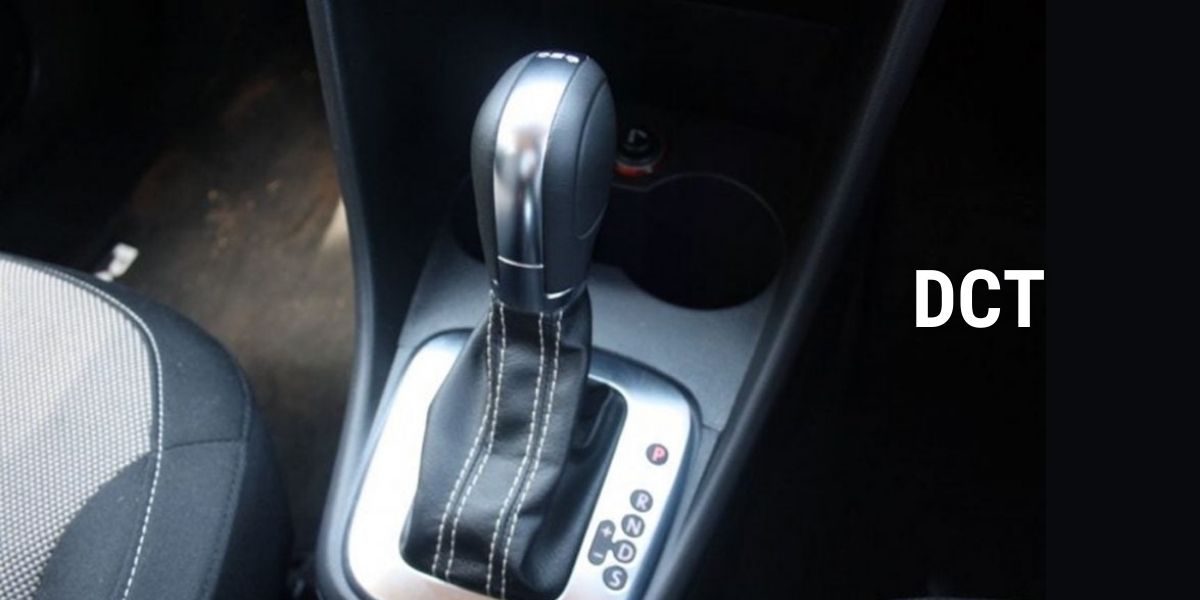
If this defines you then you should opt for DCT. The Dual Clutch transmission offers better acceleration, smooth gear changes and offers more power and efficiency when compared to other types of automatic transmissions. How does all this happen though? If you were wondering that good because we will explain how DCT works.
The name might have given a slight hint to one of the major parts of the DCT, the dual clutches. These clutches control which shaft gets the power from the engine as there are two shafts in a DCT. These two shafts control a set of gear respectively. The set of gears is divided by being odd and even i.e all odd-numbered gears are on one shaft and all even-numbered are on another. This is what allows the DCT to have smooth and almost instantaneous gear shifts.
Working
Let’s take an example to explain this further. Assume a 6 gear DCT system. All odd gears are on one shaft and all even gears are on another. When you start the car and it goes to first gear the clutch controlling the odd shaft will engage. While this happens small parts near the gears known and collars or dogs will engage with the gear that the car is driving in. To make things smoother the car will look at the speed of driving and accordingly engage the collar of the second gear. Even if engaged with a collar it will not output as the clutch for the even gears is disengaged. When the gear shift is necessary, the clutch for odd shaft disengages and even shaft engages thus allowing a smooth shift with no power loss.
Conclusion
That’s how the DCT allows you to have a smooth ride with optimal power as all this is done by a computer. This comes at the cost of being expensive and not being reliable and having costly maintenance.
AMT: I care about the cost of the car and just want to drive an automatic transmission
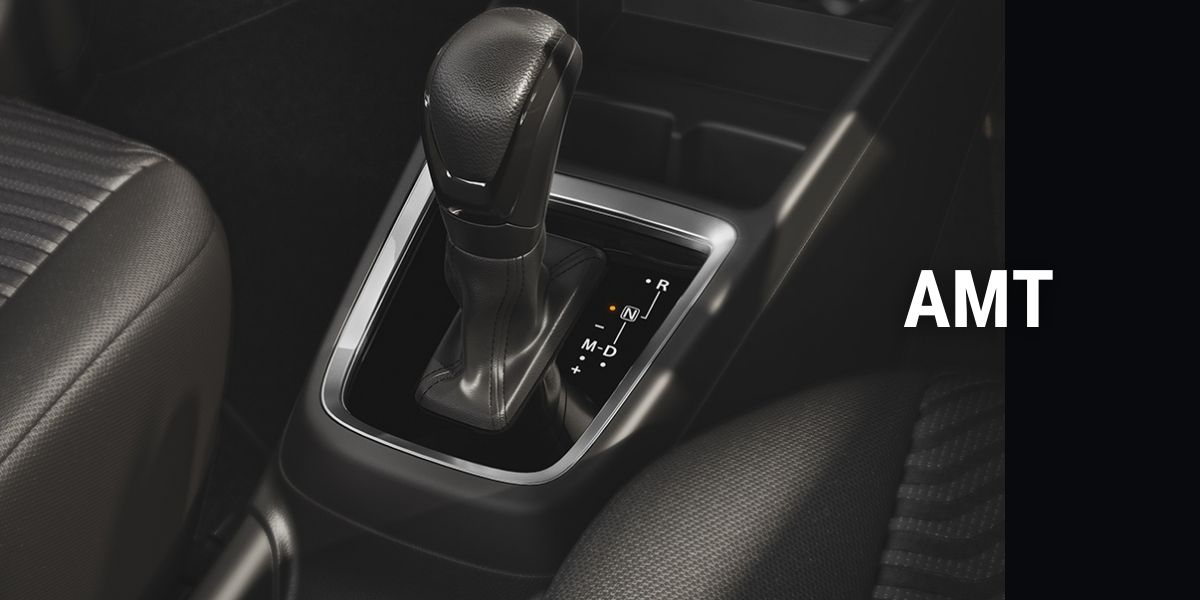
AMTs are India’s choice and should be yours as well if the above statement defines you. They are the most sold transmission system in India. Maybe because it’s cheaper or maybe that people don’t know much about how these system works and just want an automatic transmission system. In any case, AMT is here to stay. It is one of the cheapest of the types of automatic transmissions only triumphed by the IMT which allows the car that use it to stay cheap as well. Why does it stay cheaper when compared to others, however? Let’s dig into how it works and see.
Working
Compared to DCT and other transmissions on this list AMTs working is quite simple. When you switch the car to drive mode the TCU(Transmission Control Unit) lets the gear control unit take control of the car and it automatically shifts gear. Clutch disengaging happens automatically using the TCU and a hydraulic actuator.
Conclusion
The absence of complex working and parts allows the AMT to be less costly than a DCT. this also makes the maintenance cheaper at the cost of a smooth driving experience and power.
iMT: What if I wanted an automatic but still want to shift gears

As much fun as it is to drive a manual transmission, it’s still a hassle to use it in heavy traffic situations. What if we told you that you could still enjoy the gear shifting without having to massage your calves every time you come back from a traffic jam. Those that already know about IMT are probably rolling their eyes but anyways, IMT helps solve that itch for manual without the hassle of a clutch pedal. Following the trend from earlier, let’s see how it works.
Working
Think of it like a manual transmission system where the car controls the clutch. That’s pretty much how IMT works. IMT is more of a comfortable manual transmission rather than a cheaper AMT. In an IMT you will control the gear shift while using clutch by wire the car will control the clutch.
Conclusion
Even if it is cheaper than an AMT it still has many advantages over it the biggest being your control on the gears. It still however shares the same disadvantages those being jerky gearshifts and not much power.
Torque Converter: I care more about longevity than other things
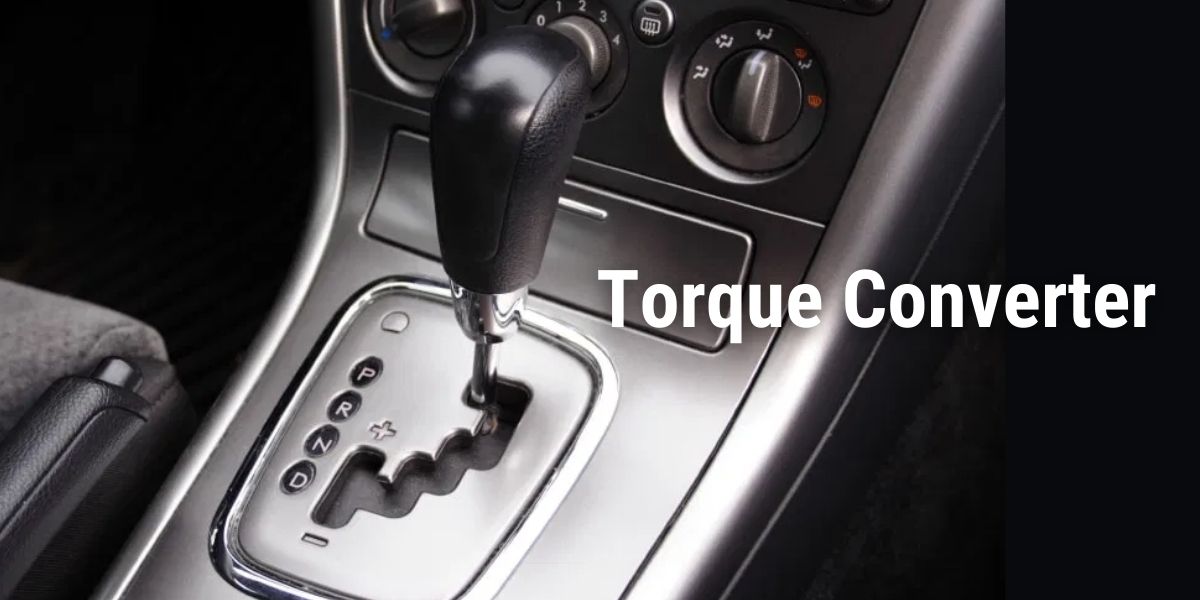
Then you want a Torque Converter. They survive the longest out of all the other transmission systems and can be considered a jack of all trades. As the name suggests a TC multiple the torque when necessary and acts just like a clutch would in a manual transmission allowing the engine and driveshaft to move independently of each other. How it has a longer life and has less wear and tear than others? Let’s find out
Working
There are three major parts in a Torque Converter that you’ll hear a lot, the impeller the stator and the turbine. There are other parts as well but keep these three in mind. The impeller connected to the flywheel from the engine and thus rotates at the same speed as the engine output. There is fluid present inside the TC assembly. The impeller is bladed and when it rotates it pushes the fluid outwards due to centrifugal force. This fluid is directed towards the turbine due to this force and in turn, rotates the turbine. As there are losses present the turbine rotates much slower than the impeller. When the fluid hits the turbine it goes back towards the impeller through a stator. The stator rotates the angle of the fluid in such a way it multiplies the toque by two. This only occurs when the car is accelerating. During high speed, a clutch engages the turbine and impeller allowing a fluid couple to form. This stops the fluid movement.
Conclusion
With the presence of fluid in the system and having a low amount of moving parts, the Torque converter witnesses less wear and tear. However, due to having moving fluid as a method of energy transmission it suffers from energy loss and is less efficient. This was very bad back in the day but due to fluid coupling as improved tenfolds.
CVT: Efficiency is what I want from my cars
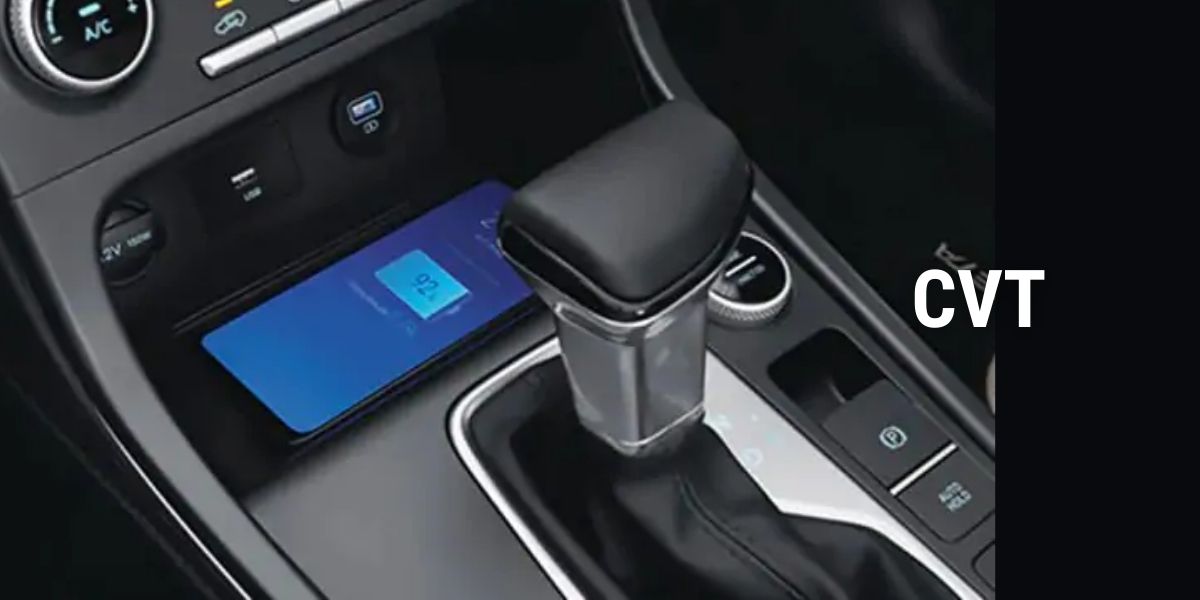
Continuously Variable Transmission. Must not be a surprise as it’s the only one left on the list, the CVT offers the best efficiency of them all. It however lacks the feel provided by DCT or engagement of driving an IMT. Why is it the most efficient then? Due to using a pulley to transmit power.
Working
CVTs using pulleys allows it to have an infinite gear ratio. A pair of cones called sheaves, these sheaves are present on both the output and input side. As the size of the belt cannot change the movement of these sheaves changes the gear ratio. This also causes both sheaves to change together. This allows the CVT to have virtual gears that can change depending on the speed of the car.
Conclusion
The absence of gears allows the CVT to have optimal fuel efficiency. As it also has the precise gear requirement needed it gets a further boost to its fuel efficiency. This however comes at the cost of a monotone driving experience.
We hope this helps you to choose the best from the types of automatic transmissions present. Balancing out the pros and cons of the different system will allow you to select what gives you the most pleasure to drive in.
